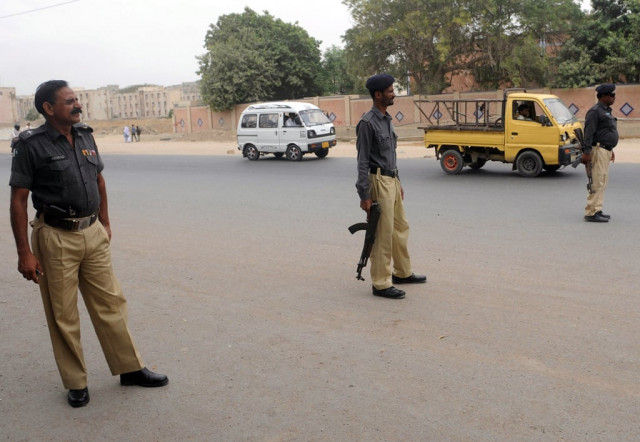The Costly Reality of Food Prices in Lahore: What You Need to Know
As Lahore’s vibrancy continues to captivate locals and visitors alike, there’s a cloud hanging over the city—skyrocketing food prices. Residents are feeling the pinch as essential items soar far above official rates, leading to frustration and confusion in the bustling markets.
Imagine walking through your neighborhood market, eyeing that fresh chicken for dinner. The government has neatly pegged the price at Rs475 per kilogram, yet vendors are asking for as much as Rs620! It’s like a cruel joke, and many shoppers aren’t laughing. Local testimonials reveal a palpable sense of anger; one shopper from the Township market poignantly remarked, “Every time I see the official rate list, it feels like a joke.”
The story isn’t confined to poultry. A glance at the vegetable stalls shows potatoes listed at Rs70 to Rs75 but consistently selling for Rs120. Onions, set at Rs75 to Rs80, are reaching Rs120! Even the humble tomato, officially priced at Rs136 to Rs150, can cost you between Rs250 and Rs300. It’s disheartening, especially when families are already grappling with inflation.
The Punjab Enforcement and Regulatory Authority (PERA) was created to tackle these very issues, providing a layer of oversight intended to protect consumers. However, many residents feel that the enforcement has been largely symbolic. Inspections are brief, and vendors quickly revert to their inflated prices as soon as inspectors leave. “We are told that monitoring will improve, but it never happens," shared a Shadman resident, emphasizing the ongoing struggle for everyday families.
And it’s not just the veggies. Fruits are facing the same fate. Apples, fixed at Rs140 to Rs325, range from Rs200 to Rs500. Bananas, set at Rs200 per dozen, can cost you Rs250. Prices on dates, which are officially capped between Rs470 and Rs510, can balloon to Rs2,000 in some cases. The discrepancies have established a stark divide between what is government-controlled and what families are actually paying.
As families navigate these turbulent economic waters, it’s crucial to stay informed and resourceful. Connecting with local initiatives or community groups can be a great way to share insights and strategies for coping with rising food costs. For those looking for more information and resources, consider checking out Pro21st, a platform aimed at fostering community wellbeing and resource sharing.
In this challenging climate, let’s not forget to support one another and advocate for better practices that protect consumers. After all, we’re all in this together.





